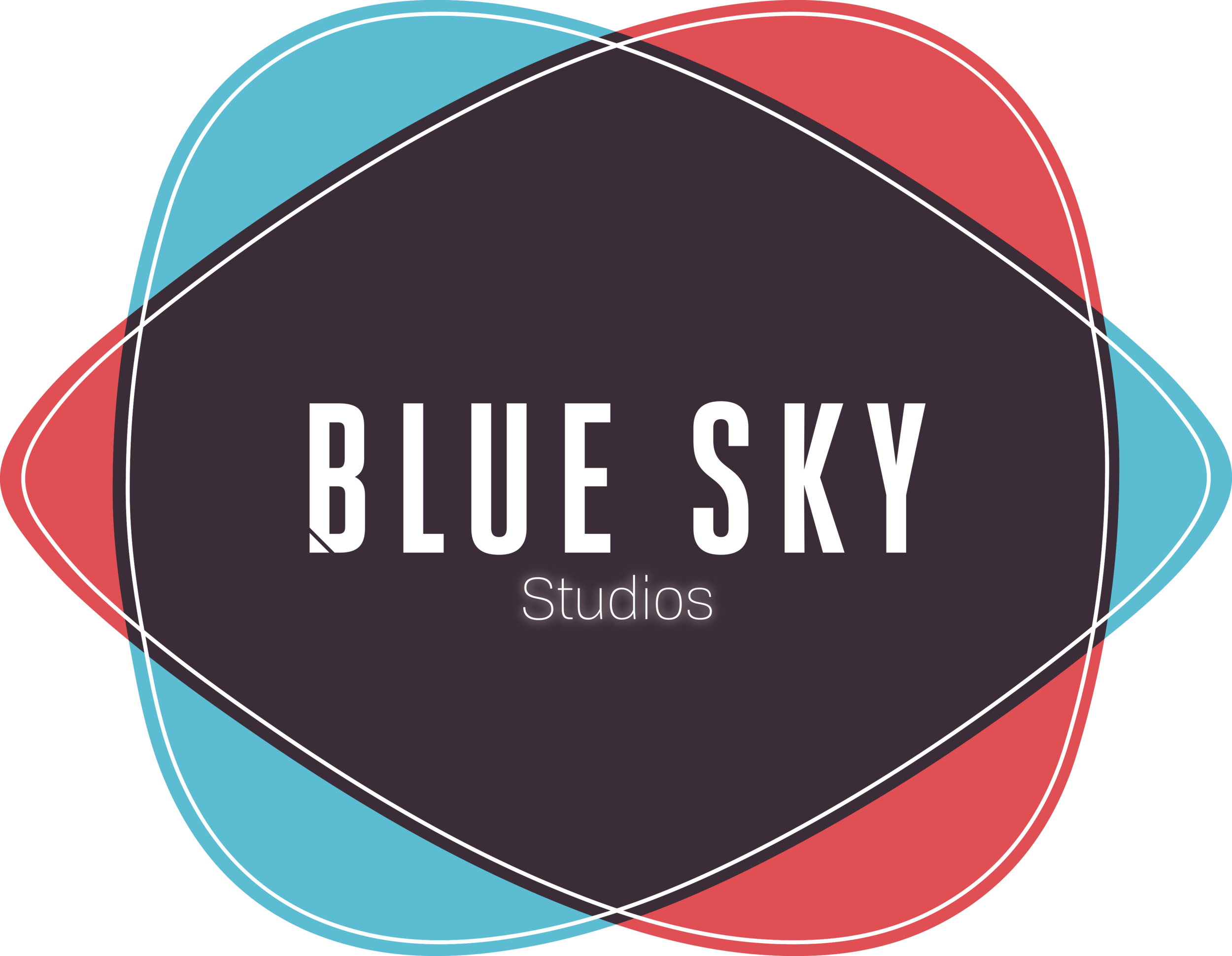Is Hourly or Flat Rate Best? Which Is Best for Me? Help!
Is hourly or flat rate best for you? This can be a bit confusing at first glance. So why do recording studios charge in different ways? In this post, we will unpack the reason recording studios charge in different ways, the pros and cons of both rates, and hopefully, leave you with great information to make the best decision, so you don’t make a mistake.
How Different Studios Charge.
First, let’s discuss why studios charge this way. It might be helpful to think of recording studios in three different buckets. Let’s look at the first bucket: Engineering studios. Typically a studio that has a bend toward engineering will charge hourly. These studios usually have a wealth of equipment and a highly trained staff who knows the equipment. Often the engineer doesn’t play an instrument, produce, compose, or arrange but leans heavily on their expertise in capturing a great sound.
The second bucket would be producing studios. That can be a guy in a spare bedroom or a small one-room studio. These producers might be excellent at producing, composing, or arranging but might not have a lot of equipment or know-how to get a great sound from a live drum kit. Producers typically charge flat rates and build-in costs like rental of equipment, time for preproduction, and even mixing.
Then you have hybrid studios, like Blue Sky Studios. These studios often have equipment but also produce, compose, or arrange. Giving you of the best of both worlds. That’s why hybrid studios often offer a flat rate for produced projects, but an hourly rate is a bit more flexible.
Pros and Cons of Hourly Rates.
Hourly rates can be beneficial. It’s a bit more understandable for clients because other industries operate in this manner. The hourly rate allows the client to keep a pulse on the project budget and spend more where they would like to, and less where they don’t want to spend as much.
There are also cons to working on a project or song hourly. The dynamics change a bit for an artist when going hourly. They might feel more rushed than needed because the clock is literally ticking. They might want to take one more vocal pass to get a better take but feel the pressure to move on because of budget.
In our experience, hourly is best when:
Bands who have played their songs a lot, and just want someone to capture the music.
Simple arrangement songs: like vocal and guitar only.
Songs that don’t need production.
An artist wants to use a studio for tracking but someone else for mixing.
Pros and Cons of Flat Rates.
Flat rates can be beneficial too. It allows the client to have a clear expectation of how much their project costs. This can be a huge relief when getting stuck on a challenging vocal section that might need a little more time. Flat rates often include behind-the-scenes work like mixing, editing, and tuning. Again, having that clarity or peace of mind when gauging the final cost can be a benefit.
Still, the flat rate isn’t for every project. For example, You could be overpaying for what you need for a simple arrangement like one piano and one vocal. In that case, hourly would be much more financially beneficial. Flat rates can also provide services that you might not want. We’ve worked with artist who do not want a producer. While the flat rate includes someone to guide you toward a sound and help manage the project - that might not be what you want.
In our experience, flat rate is best when:
The artist or band does want outside thoughts on their music.
Someone wants professional studio musicians.
Artist wants more of an experience that’s not rushed.
Wants to do the complete work in one location.
Neither the flat rate or the hourly rate are wrong, but both have benefits and cons. We hope this post helps you make better decisions when working on your next project.
